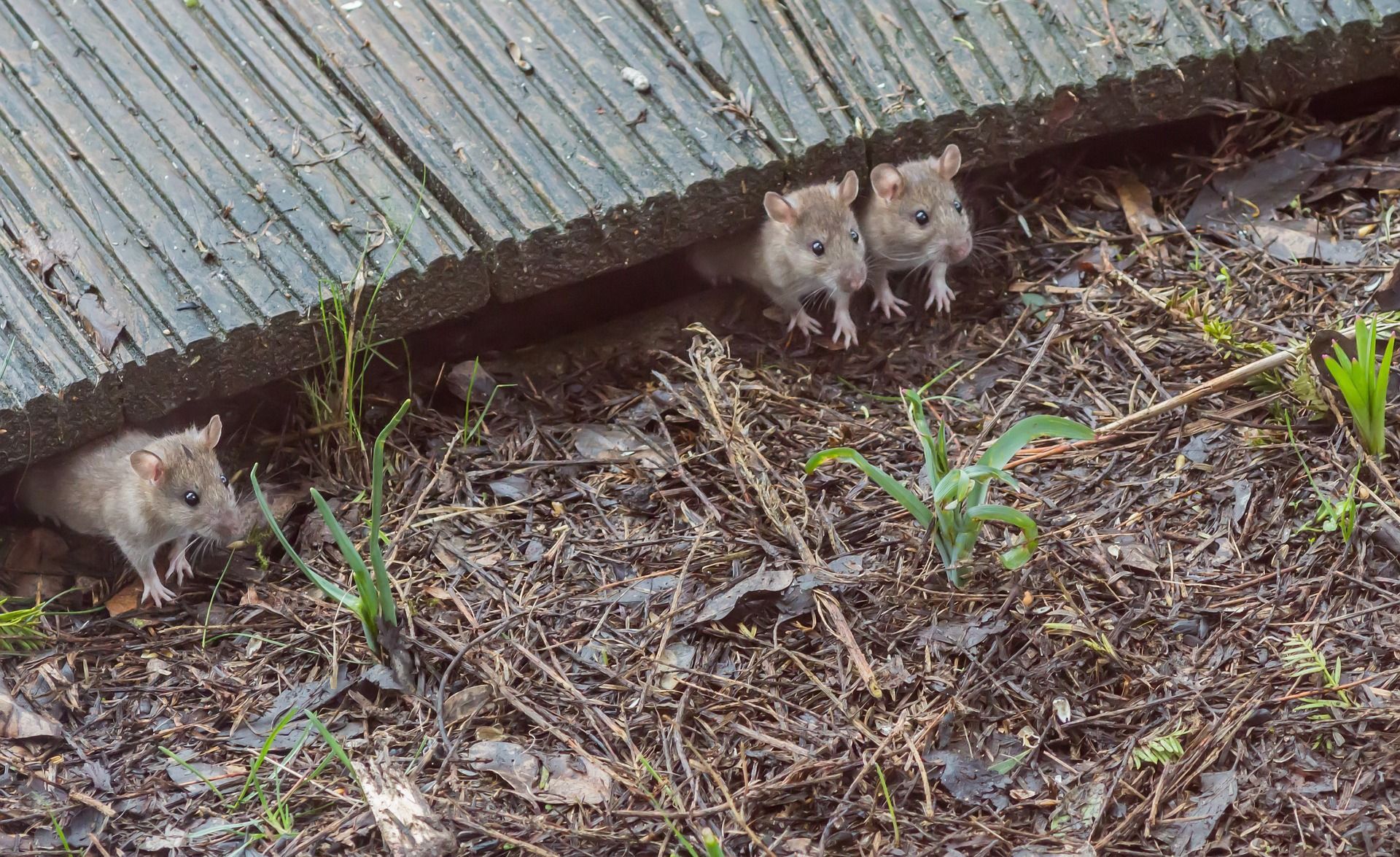How to Manage Voles In Your Yard
Learn what a vole is, about the damage the create, and how to get rid of them
Time, money, energy … they’re all valuable resources that you put into your lawn every week during the growing season. But when you find holes and chewed-up turf, that’s a pretty good sign you have a critter problem. Voles are small rodents that can do major damage to your yard, and they’re not choosy about what they’ll chew.
Voles Vs. Moles
Before you can treat your yard for voles , it’s a good idea to know what the little buggers look like. Voles are like field mice and will dig snake-like tunnels throughout the yard. They have small rounded ears, thick brownish-gray fur, small eyes, and short legs and tails. Fully grown voles are about 5 to 7 inches long.
Moles also dig underground, but they are insectivores, not rodents. Moles have big feet and prefer to eat insects rather than garden plants. But they create havoc when they tunnel their way through the sod looking for worms and insects, by creating pathways for other pests — such as voles.
On the Menu
It’s easy to spot yards and gardens with vole problems. These rodents eat leaves, stems, and grass blades. They can also get into your vegetable gardens. Voles tunnel near the surface of the yard, usually under the snow. They damage young trees and shrubs by gnawing at root systems — this happens most often in winter. Voles are not picky eaters; they’ll go after ornamental plants, shrubs, trunk bark, groundcover, and woody vines.
Dealing with vole damage in your lawn starts with looking for scars in the turf. These are called runways; soil strips where the grass is gone. Vole tunnels are about 1 to 2 inches wide. Because voles do not hibernate in winter, runways are visible after the first mowing in spring.
Vole Control
The first thing to note when controlling infestations of voles is that they are very prolific. These small rodents will nest anywhere and everywhere — under shrubbery, rocks, raised and planter gardens, trees, shrubs, and in underground burrows. Mild winters with lots of snowfall increase the vole population. Organic vole repellent is a natural formula that disturbs the senses of these rodents, driving them away from the food source. Apply as directed.
- Voles thrive in meadows, brush piles, and weeds. Eliminating weeds and overgrown vegetation helps to keep these rodents away because there’s less to feed on.
- Remove the woodpiles and hiding places near trees, shrubs, and especially in the garden.
- Mow the lawn and trim back bushes from the ground before winter.
- Clear snow from the bases of shrubs and trees.
- Bird feeders attract voles — keep them clean.
Trapping Voles
Specially designed vole traps are available for catching the critters without killing them. Bait the traps with peanut butter, and set them in the late afternoon to early evening when voles are more active. Place traps perpendicular to the runways or near burrows. If you plan to relocate the animals, check with your local wildlife agency to determine the rules. Trapping large numbers of voles isn’t very effective because of the costs and time involved.
More Vole Control Tips
- Protect flower and vegetable bulbs by adding some gravel to the planting hole. Soak or powder the bulbs with fungicide.
- In the garden, fence veggies in with a half-inch of mesh hardware cloth. Raise it a foot off the ground and bury it 6 to 10 inches deep.
If you have outdoor cats, you’ll have some help catching those industrious little voles. Other natural predators include owls, hawks, coyotes, foxes, bobcats, raccoons, snakes, weasels, falcons, and lynxes. Then again, if you have even a few of these wild animals in your yard, you may have a bigger problem than just the voles.
Caroline Gray is a freelance journalist who balances writing for newspapers and blogs with taking care of a 5-acre ranch.
Critter Repellent All Natural Animal Repellent Blog













